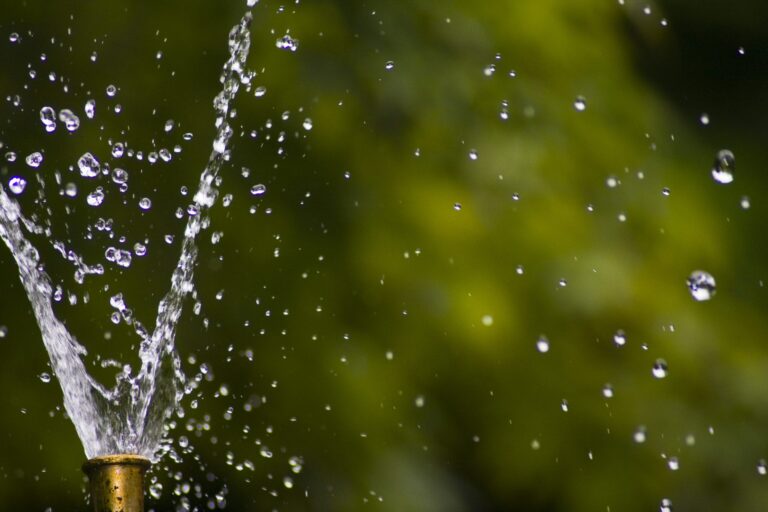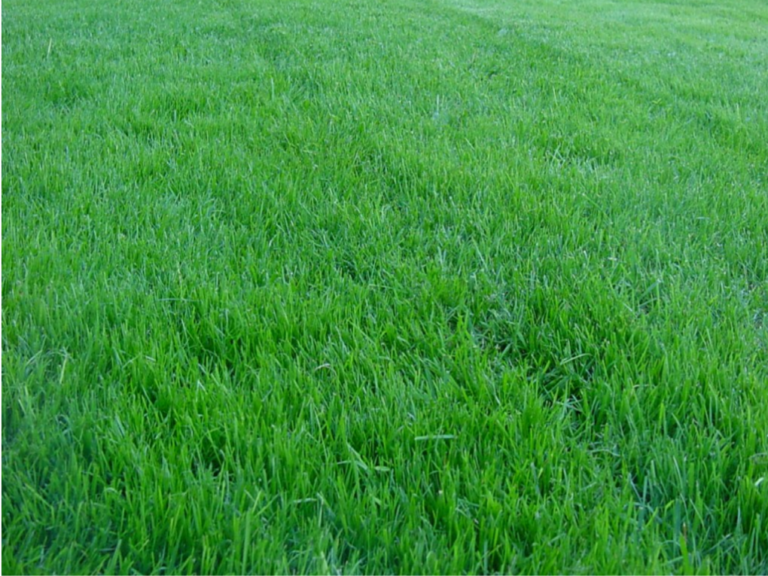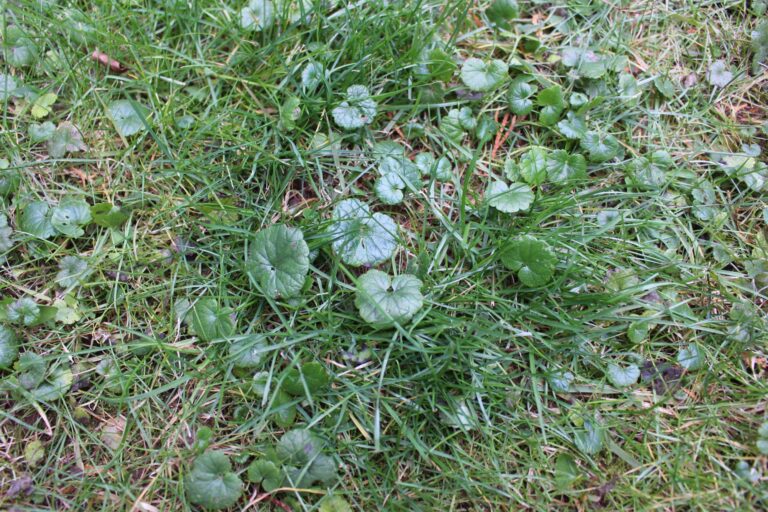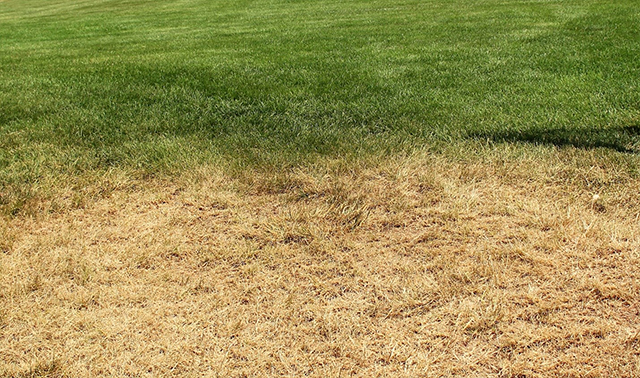
Watering the Plants in your Landscape
Homeowners are quick to water the lawn when it begins to turn brown. What many homeowners forget to do is water their plants as well. Trees and shrubs are living things, and like all living things, they need water for






